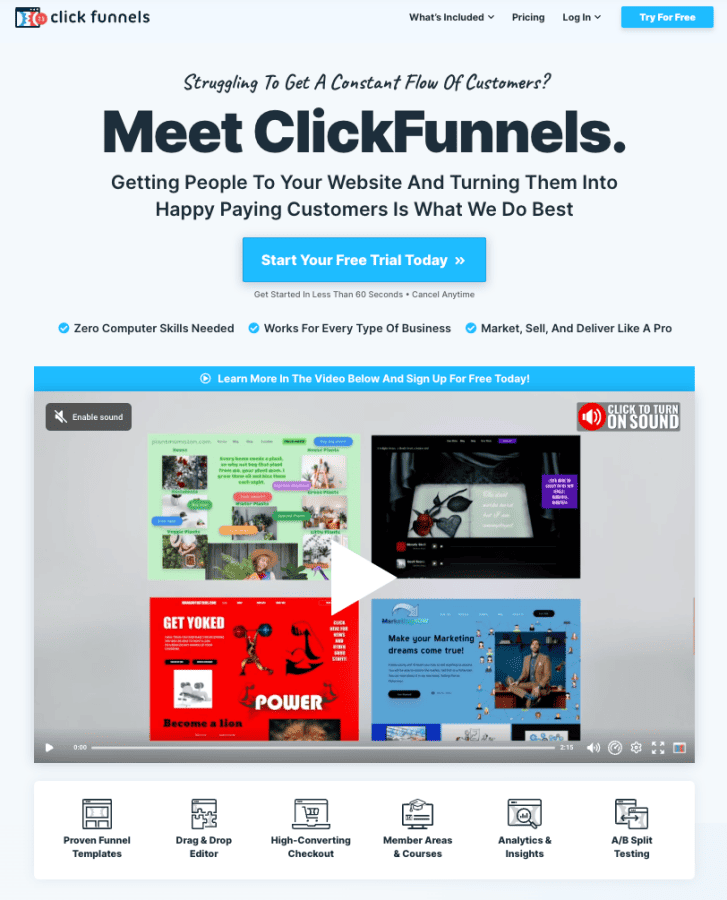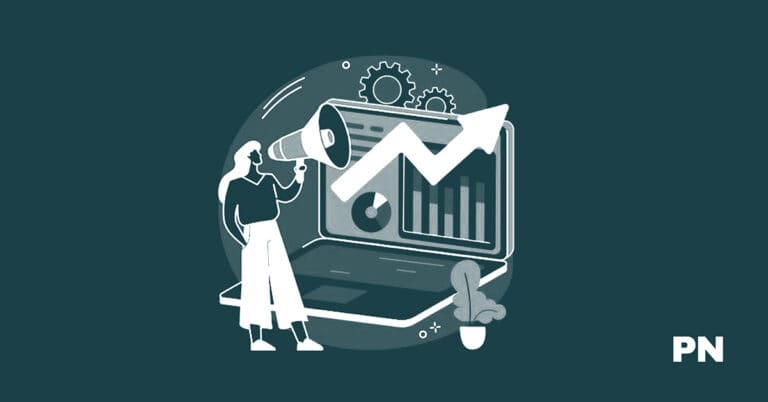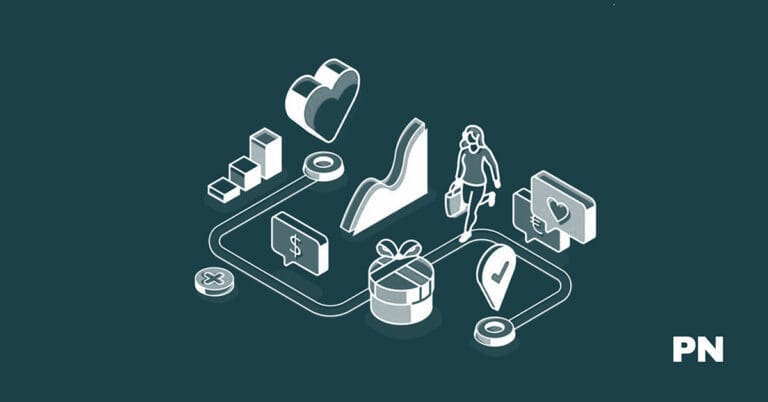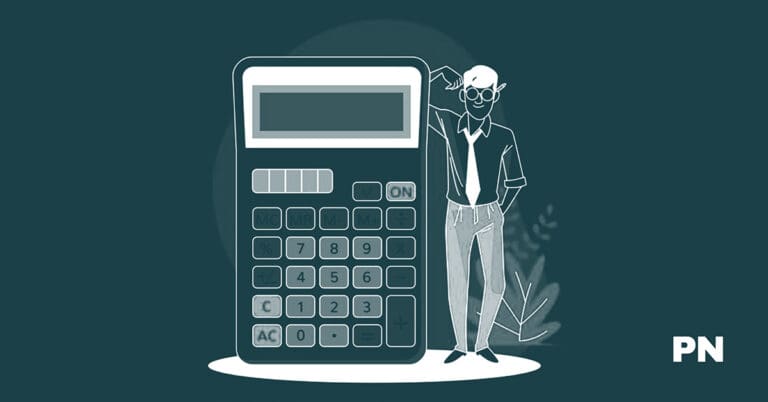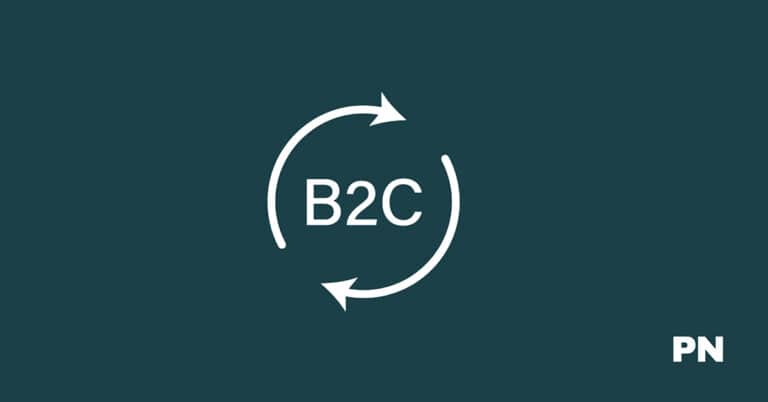Sales Funnel for Beginners Guide

Starting in sales can be overwhelming, especially when understanding the concept of sales funnels. You may have heard the term thrown around, but what is a sales funnel?
In simple terms, it’s a marketing strategy that ultimately guides potential customers through a series of steps to make a purchase.
As a beginner, it’s essential to understand the benefits of implementing a sales funnel in your business. Not only does it help streamline the sales process, but it also allows you to understand your customers and their needs better.
Creating a sales funnel will enable you to target specific audiences and personalize your approach, resulting in higher conversion rates and increased revenue.
Initially, creating a sales funnel may seem daunting, but with the proper guidance, it can be a valuable tool for any business.
In this guide, I’ll break down the steps for creating a successful sales funnel, provide real-life examples of successful funnels, and explain the benefits of implementing this strategy. Whether new to sales or looking to improve your current approach, this guide will provide you with the knowledge and tools to create a successful sales funnel.
What is a Beginner Sales Funnel?

A sales funnel is a marketing concept that depicts a customer’s journey from a prospect to a loyal customer. A beginner sales funnel is a simplified version of a sales funnel that is easy to understand and implement.
It is a step-by-step process that guides potential customers towards making a purchase.
A beginner sales funnel typically consists of four stages: awareness, interest, decision, and action. The goal of each stage is to move the customer closer to making a purchase.
The Four Stages of a Beginner Sales Funnel
- Awareness: At this stage, potential customers become aware of your product or service. This can be achieved through various marketing channels such as social media, email marketing, or paid advertising. This stage aims to grab the customer’s attention and interest them in learning more about your product or service.
- Interest: Once the customer is aware of your product or service, the next stage is to build their interest. This can be done by providing them with valuable information such as product features, benefits, and customer reviews. This stage aims to convince customers that your product or service is the best solution for their needs.
- Decision: At this stage, the customer has shown interest in your product or service and is considering purchasing. You must convince the customer to choose your product or service over your competitors. This can be achieved by offering them special offers, discounts, or a free trial.
- Action: The final stage of a beginner sales funnel is action. This is where the customer makes a purchase. It is essential to make the purchase process as easy and seamless as possible to avoid losing the customer at the last minute.
Why You Need a Beginner Sales Funnel?
If you’re new to sales, you might wonder what a sales funnel is and why you need one. A sales funnel visually represents a customer’s steps to becoming a paying customer.
It’s a way to track the progress of your prospects and ensure that you provide them with the information and support they need to purchase.
A beginner sales funnel is essential because it helps you to:
- Understand your customers: By tracking your prospects’ progress through the sales funnel, you can gain valuable insights into their needs, preferences, and pain points. This information can help you create targeted marketing campaigns and improve your customer experience.
- Increase sales: A well-designed funnel can help convert more prospects into paying customers. By providing your prospects with the information and support they need at each funnel stage, you can build trust and establish a relationship with them, ultimately leading to a sale.
- Save time and resources: Segmenting your sales process into stages allows you to allocate your time and resources more efficiently. You can focus your efforts on the prospects likely to convert rather than wasting time on those unlikely to purchase.
Stages of the Beginner Sales Funnel
Regarding sales funnels, the process can be broken down into several stages. Each stage is crucial to the success of your sales funnel, and understanding each stage will help you optimize your funnel for maximum conversions.
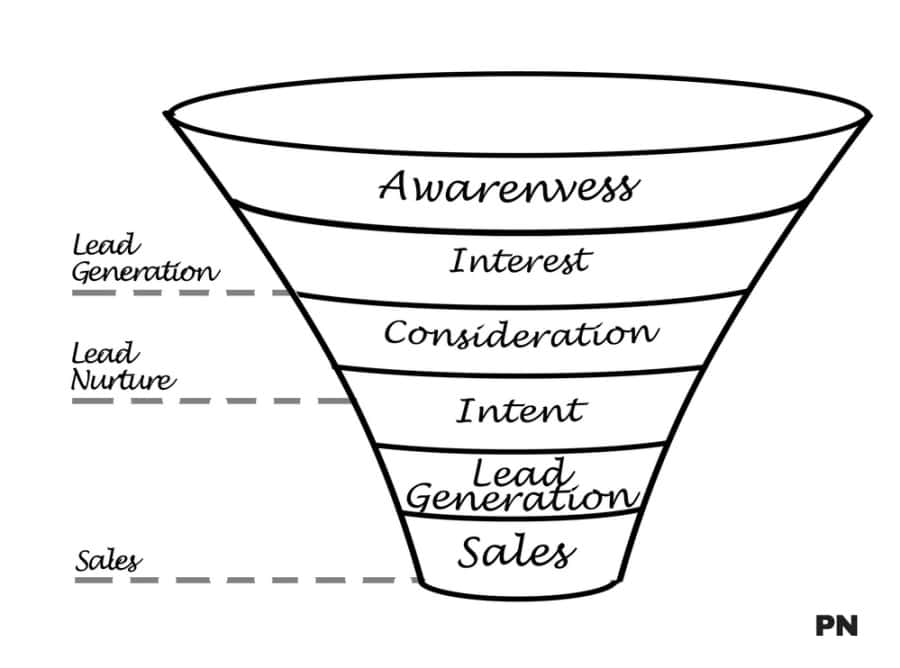
Here are the stages of the beginner sales funnel:
The Awareness Stage (Top of the Funnel, TOFU)
The awareness stage is the first stage of the sales funnel. At this stage, potential customers become aware of your brand and what you offer. This stage is also known as the top-of-the-funnel (TOFU) stage.
Creating brand awareness and establishing yourself as an authority in your industry is essential during this stage. You can create educational content such as blog posts, videos, and social media posts that provide value to your audience.
The Consideration/Evaluation Stage (MOFU)
The consideration/evaluation stage is the second stage of the sales funnel. At this stage, potential customers consider your product or service and evaluate whether it fits them. This stage is also known as the middle of the funnel (MOFU) stage.
During this stage, it is essential to provide more detailed information about your product or service and address any concerns or objections that potential customers may have. You can provide case studies, testimonials, and product demos.
Purchase Stage (Bottom Of The Funnel)
The purchase stage is the third and final stage of the sales funnel. Potential customers have decided to purchase your product or service at this stage. This stage is also known as the bottom of the funnel (BOFU).
During this stage, making the purchasing process as easy and seamless as possible is essential. You can do this by offering multiple payment options and providing clear instructions on completing the purchase.
Post-Purchase Stage
The post-purchase stage is often overlooked, but it is an essential sales funnel stage. It is necessary to follow up with customers and ensure they are satisfied with their purchase. This can help build customer loyalty and increase the chances of repeat business.
You can send a follow-up email or survey to gather feedback and address any issues.
Repeat Purchase Stage
The repeat purchase stage is the ultimate goal of the sales funnel. At this stage, customers have made multiple purchases and become loyal.
It is essential to continue providing value to these customers and offering incentives to encourage repeat business. You can offer exclusive discounts, rewards programs, and personalized recommendations.
Understanding the stages of the beginner sales funnel is crucial to your business’s success. By optimizing each stage, you can increase conversions, build customer loyalty, and ultimately grow your business.
How Do I Create a Beginner Sales Funnel?
Creating a sales funnel as a beginner can seem overwhelming, but it doesn’t have to be. Following a few key steps, you can create a sales funnel that converts prospects into customers.
Here are the steps you should take:
- Identify Your Target Market: The first step in creating a sales funnel is identifying your target market. This means understanding who your ideal customer is and what their pain points are. By understanding your target market, you can create content that speaks directly to them and addresses their needs.
- Create Content for Each Stage of the Funnel: Once you’ve identified your target market, create content for each funnel stage. This includes content that attracts prospects, educates them about your product or service, and convinces them to purchase. By creating content for each funnel stage, you can guide prospects through the buying process and increase your conversion rates.
- Design Your Funnel for a Good User Experience: The design of your funnel is critical to its success. You want to ensure that it is easy to navigate and that prospects can quickly find the information they need. This means using clear headlines, easy-to-read text, and high-quality images and videos. You also want to ensure that your funnel is mobile-friendly, as more and more people are using their smartphones to browse the internet.
- Test and Optimize Your Funnel: Once your funnel runs, you must test and optimize it to improve its performance. This means tracking your conversion rates and making changes to your funnel based on the data. For example, if prospects are dropping off at a particular funnel stage, you may need to adjust your content or design to address the issue.
Following these steps, you can create a beginner sales funnel that converts prospects into customers. Remember to keep your target market in mind and test and optimize your funnel to continually improve its performance.
What is The Best Funnel Software for Beginners?
If you’re new to sales funnels and looking for software to help you build and manage them, ClickFunnels is the best option. It is an all-in-one sales funnel software designed for beginners, making it easy to use and navigate.
One of the main reasons ClickFunnels is the best sales funnel software for beginners is its user-friendly interface. With ClickFunnels, you don’t need coding skills or technical knowledge to create a sales funnel.
The software comes with a drag-and-drop editor that allows you to create pages and funnels quickly and easily.
ClickFunnels also offers a wide range of e-commerce features, including upsells and downsells, that can help you increase your revenue. You can create custom order forms, add order bumps, and offer one-click upsells and downsells.
Another great feature of ClickFunnels is its free funnel templates. ClickFunnels offers a variety of pre-built funnel templates that you can use to get started quickly. These templates are designed to convert and are fully customizable, allowing you to tailor them to your specific needs.
ClickFunnels offers powerful analytics and tracking tools that allow you to monitor the performance of your funnels. With ClickFunnels, you can track your conversion rates, A/B test your pages, and optimize your funnels for maximum performance.
Frequently Asked Questions
What is a funnel in a beginner business?
In a beginner business, a funnel is a marketing strategy designed to guide potential customers through a series of steps toward purchasing. The funnel is designed to capture potential customers’ attention and gradually move them toward the end goal of becoming customers.
What are the key stages in developing a beginner sales funnel?
The key stages in developing a beginner sales funnel are awareness, interest, decision, and action.
In the awareness stage, you need to grab the attention of potential customers and make them aware of your product or service. In the interest stage, you must provide more information about your product or service to generate interest.
In the decision stage, you must persuade potential customers to choose your product or service over others.
In the action stage, you must encourage potential customers to take action and purchase.
How do you create an effective beginner sales funnel?
To create an effective beginner sales funnel, you must identify your target audience, create a compelling offer, and provide value at each stage. You should also optimize your funnel for higher conversion rates by testing different elements such as headlines, images, and calls to action.
How can I optimize my beginner funnel for higher conversion rates?
To optimize your beginner funnel for higher conversion rates, you need to track and analyze funnel metrics such as conversion, bounce, and exit rates. To see what works best, you must also test different funnel elements, such as headlines, images, and calls to action.
What metrics are crucial for analyzing the performance of a beginner’s funnel?
The metrics for analyzing a beginner’s funnel’s performance include conversion, bounce, exit, and average time on site. These metrics will help you understand how well your funnel is performing and identify areas for improvement.
How do industry benchmarks influence beginners’ conversion funnel performance?
Industry benchmarks can influence beginners’ conversion funnel performance by providing a standard for comparison. By comparing your funnel metrics to industry benchmarks, you can identify areas for improvement and make changes to optimize your funnel for higher conversion rates.
Wrapping Up
Congratulations, you’ve made it to the end of this beginner’s guide to sales funnels! By now, you should have a solid understanding of a sales funnel, how it works, and why it’s so essential for your business.
Creating an effective sales funnel takes time, effort, and continuous optimization. But the payoff is worth it. A well-constructed sales funnel can significantly enhance your business’s growth by attracting more leads, improving conversion rates, and boosting customer retention.
To recap, here are some key takeaways from this guide:
- A sales funnel visually represents the customer journey from prospect to customer.
- There are several stages in a sales funnel, including awareness, interest, consideration, conversion, and retention.
- Each stage requires different marketing strategies and tactics to move prospects through the funnel.
- Some common marketing tactics used in sales funnels include lead magnets, email marketing, retargeting ads, and social media marketing.
- It’s essential to track and analyze your sales funnel metrics to identify areas for improvement and optimize your funnel over time.
By implementing the strategies and tactics outlined in this guide, you’ll be well on your way to creating a successful sales funnel for your business. Good luck!
Disclosure: We may earn commissions if you buy via links on our website. Commissions don’t affect our opinions or evaluations. We’re also an independent affiliate of many platforms, including ClickFunnels, Kartra, GoHighLevel, Podia, Northwest Registered Agent, and others. We’re not employees of these services. We receive referral payments from them, and the opinions expressed here are our own and are not official statements of these companies.
